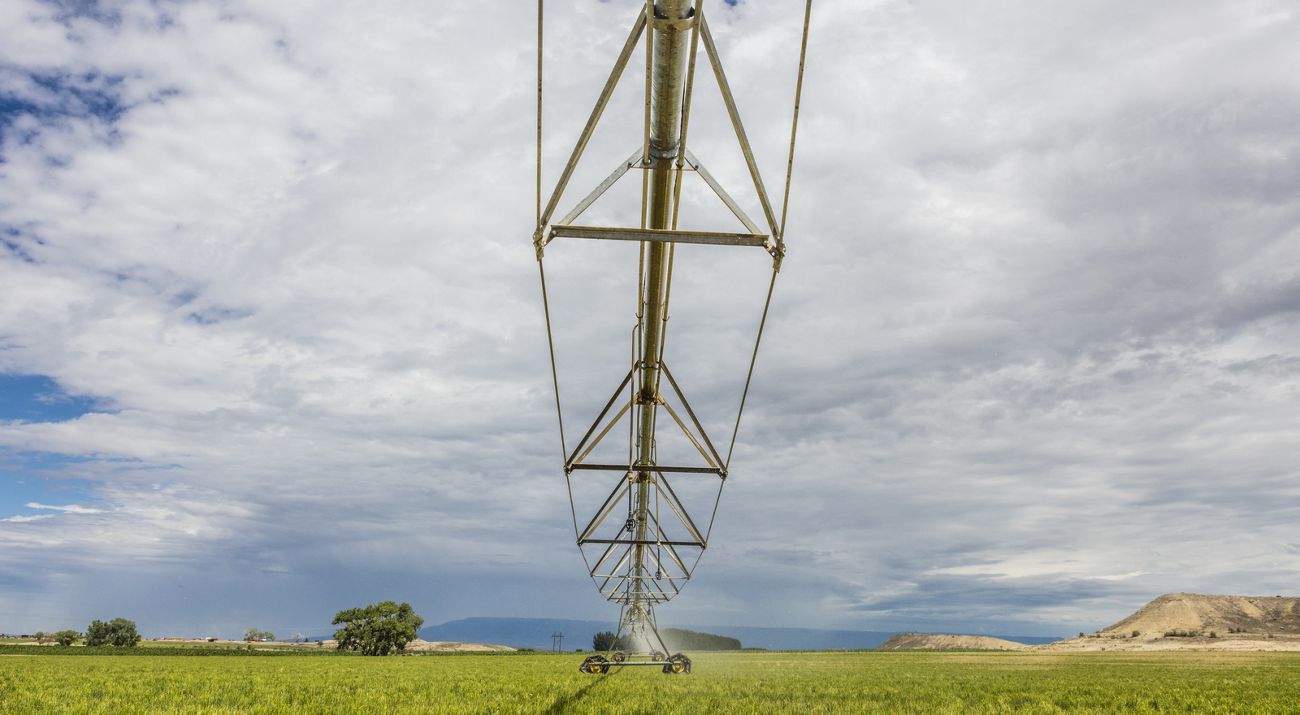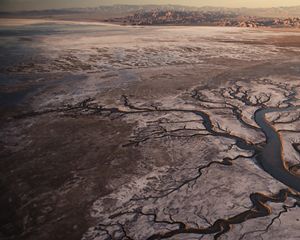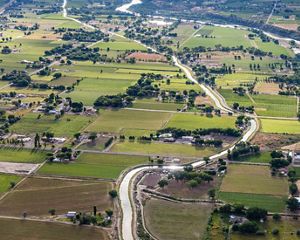
Meeting the water needs of people and nature.
The Colorado River Basin is facing an increased demand for water along with rising temperatures and ongoing drought. In order to plan for the future of the river in the face of these challenges, the seven Colorado River basin states (Arizona, California, Colorado, New Mexico, Nevada, Utah and Wyoming) and the US Bureau of Reclamation are working on Drought Contingency Plans (DCPs). The goal of these plans is to provide additional water management tools that will reduce the chances of large and unpredictable water shortages.
An important solution within the DCPs for the Upper Colorado River Basin is called demand management: the voluntary, temporary and compensated reduction of water use to keep more water in the river to help maintain critical elevations in Lake Powel and ensure compliance with the Colorado River Compact.
Why is demand management a solution for water in the Colorado River?
The Nature Conservancy has tested demand management ideas in the Grand Valley of Colorado through a two-year pilot project. This project compensated participants for reducing their irrigation water use, keeping more water in the river for improved river flows and other system wide benefits including hydropower, improved water quality, and recreation.
How does demand management work?
Putting together the DCPs is a much-needed step towards water security in the Colorado River Basin. Now the real work begins to implement their ideas and solutions, including an exploration on how a demand management program can work.
“The Nature Conservancy is excited to continue our work on the ground with partners on projects that address the need to use less water while meetings the needs of agriculture, communities, and the health of the river that we all depend on,” says Aaron Derwingson, agriculture coordinator with TNC’s Colorado River Program.

